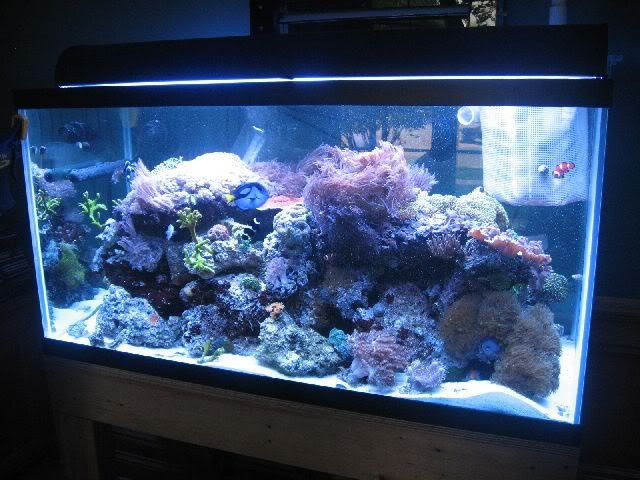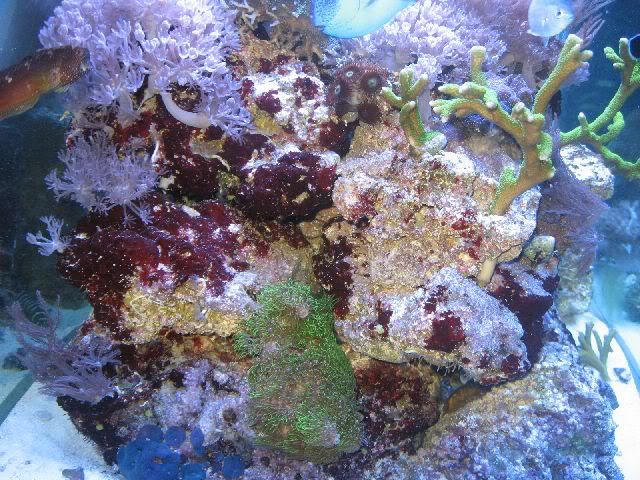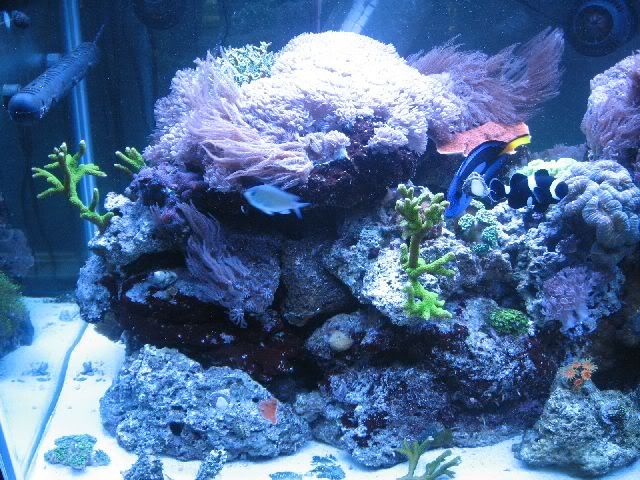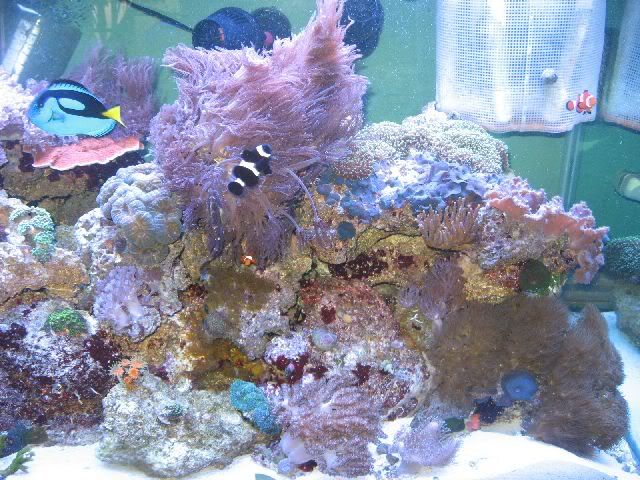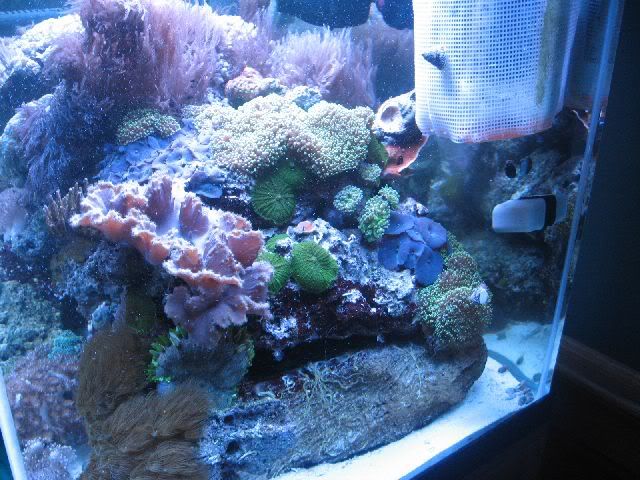milkman55
New member
I built a simple scrubber similar to the one in post 1615. Feeding 200 sq inches of screen with a Mag 9 pump on my 200 gal reef system. Here is my turf buildup after two months of use. It has been building steadily the whole time and the display is now virtually clear of algae a frustrating 8 month battle. I have also noticed by protein skimmer production has dropped off the last couple of weeks.
I plan to make some improvements to the design now that I have a little experience with it.
I was thinking about putting one on my 200 gal broodstock system of 8 tanks and a 75 gal sump. Any reason this would not work on a FO setup to keep the algae buildup on the glass down?
I plan to make some improvements to the design now that I have a little experience with it.
I was thinking about putting one on my 200 gal broodstock system of 8 tanks and a 75 gal sump. Any reason this would not work on a FO setup to keep the algae buildup on the glass down?












